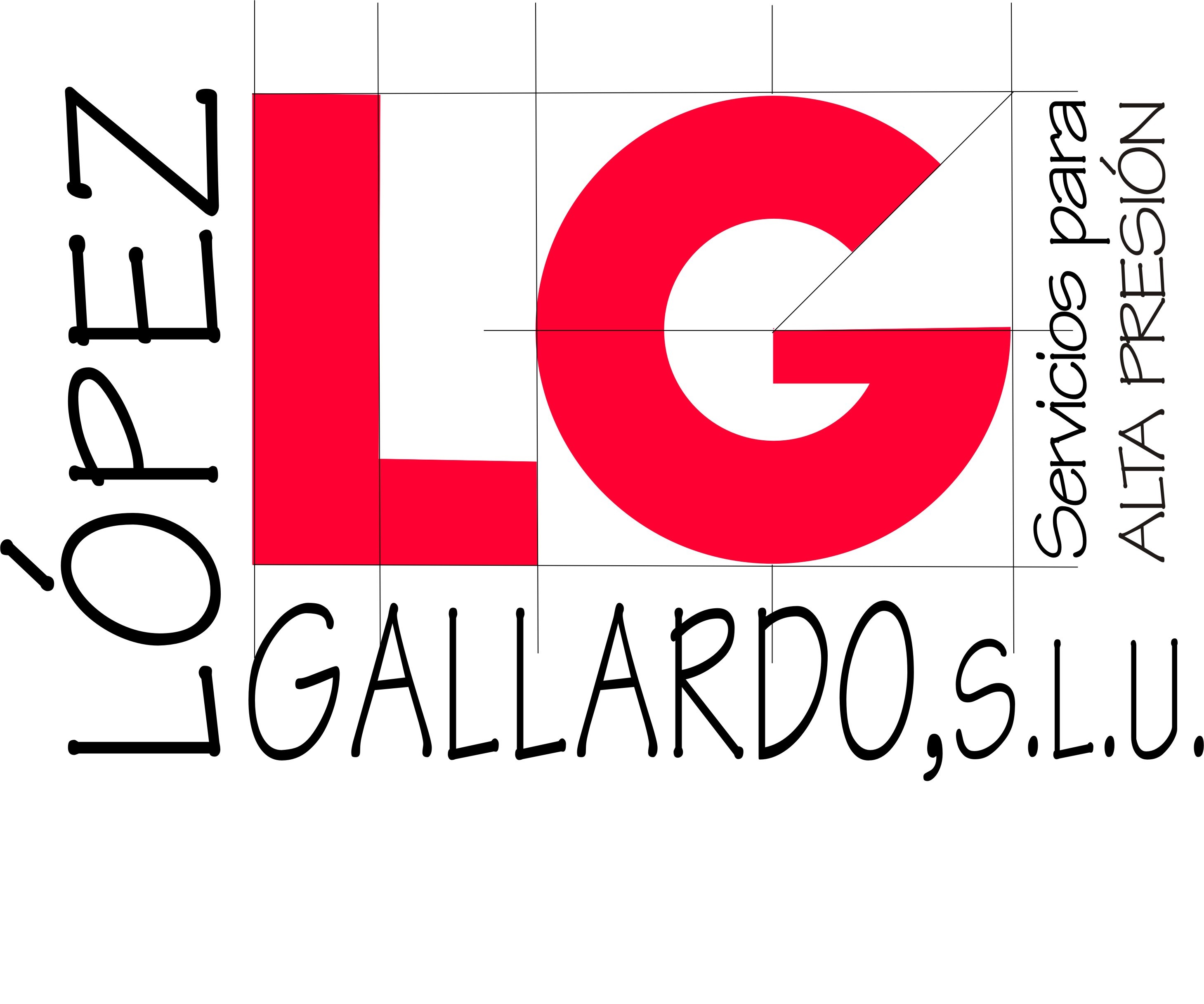Sin categoría
Immersive Virtual Reality
Immersive virtuality (VR) is a computer-generated simulation that allows users to experience an augmented environment through head-mounted displays. The virtual environment can be stylized or photorealistic and the user is able to interact with it by moving their hands or head, which is controlled by the head-mounted display.
VR is either fully immersive, where the user is unable to experience the real world around the screen, or non-immersive with limited interaction. This is the case for console video games. Fully immersive VR uses headsets that display slightly different images for each eye, creating the illusion of stereoscopic three-dimensionality. Input tracking is employed to create an immersion that feels real.
VR is commonly utilized for training simulations and rehearsals. It could be part-task training (such ‘buttonology,’ where a staying ahead with continuous IT education surgeon learns to push the right button to perform the specific task) or a full motion simulators that train police or military personnel or pilots to perform situations that aren’t safe to test on real equipment or ordinance.
The immersive VR technology is extremely powerful and it’s important to remember that, even though it’s mostly used in entertainment and video games (the latest game Fortnite generated 1.25 billion dollars for the developer Epic) The potential of this new technology is much more than soaring through space in an X-Wing, or shooting down criminals from behind the back of a dumpster. VR is also becoming more popular in the business and industry particularly where the ability to test new products or ideas in a secure and secure manner can be invaluable.

